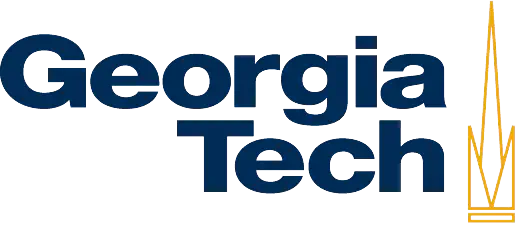World’s Best Supercomputers Ranked by Georgia Tech Expert


Two highly anticipated lists of the world’s fastest supercomputers were released this week, and Georgia Tech’s David Bader was behind one of them.
The lists – Top 500 and Graph 500 – are published twice each year to coincide with supercomputer conferences, and are closely watched as indicators of development and investment into high-performance computing worldwide. The lists can indicate trends into which technologies are popular in the machines.
Bader, chair of the School of Computational Science and Engineering, co-leads Graph 500 – a high-performance computing benchmark focused on data-intensive applications. He and others from Europe and North America evaluate supercomputers for their ability to solve data-intensive applications.
In the latest Graph 500 list, released Monday, July 13, the top spot went to the K computer at Japan’s RIKEN Advanced Institute for Computational Science, while two IBM supercomputers in the United States came in second and third – Sequoia at Lawrence Livermore in California and Mira at Argonne National Laboratory in Illinois.
“The top of the list remained strong, but Japan’s K computer advanced from No. 2 to No.1 by significantly increasing performance,” Bader said. “No one knows yet how.”
“All of these are impressive systems,” he added, “but our list was dominated by IBM’s Blue Gene/Q in terms of its new analytics processing.”
Whereas Top 500 evaluates machines based on how they solve a liner system of applications, Graph 500 seek to measure more of each supercomputer. Supercomputers were assessed against three kernels: Search, Optimization (single-source shortest path), and Edge-Oriented. Results are important for use in five business areas: cybersecurity, medical informatics, social networks, data enrichment, and symbolic networks of the human brain, for example.
“We can ask you, how fast you can hit a nail on the head, or we can give you plans to build an entire house and ask how fast can you do that,” Bader says. “That’s the difference between Top 500 and Graph 500.”
In the separate but similar Top 500 list, China received top honors for the world’s fastest supercomputer developed by China’s National Defense University. Its Tianhe-2 computer, housed in Guangzhou, China, boasts maximum performance of 33,863 teraflops per second. Still, the latest ranking was dominated by supercomputers in the United States, with 231 machines compared to 37 making the list from China. The U.S. remains the top country in terms of the number of supercomputers.
The Top 500 list is compiled by supercomputing experts at the University of Mannheim, Germany; the University of Tennessee, Knoxville; and the Department of Energy’s Lawrence Berkeley National Laboratory.
http://iisp.gatech.edu/news/worlds-best-supercomputers-ranked-georgia-tech-expert